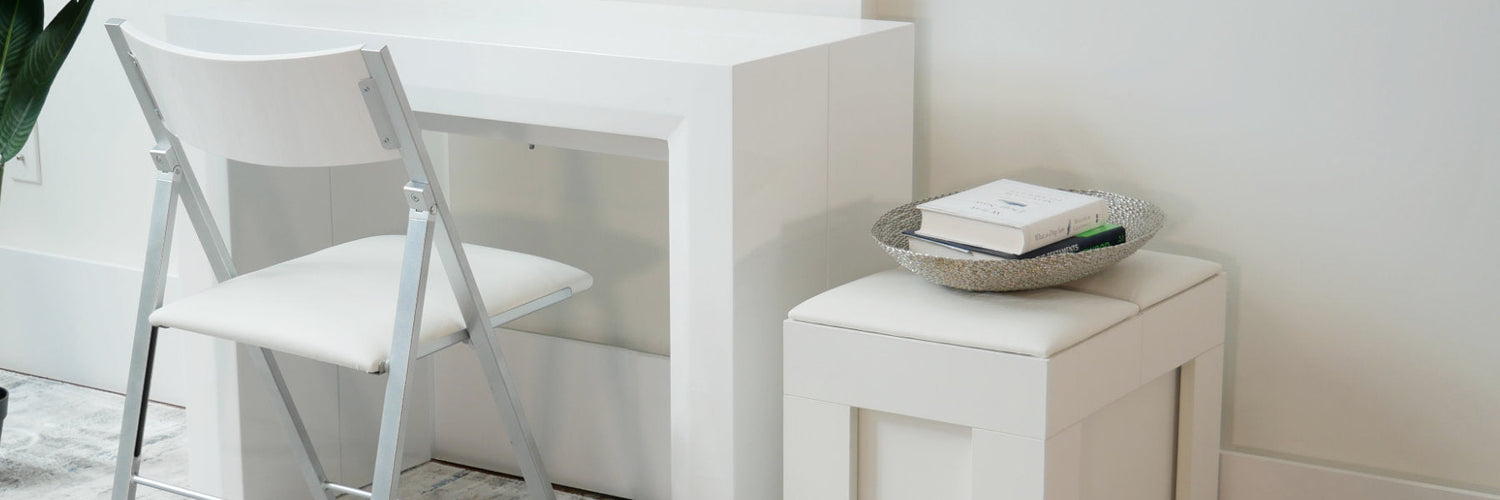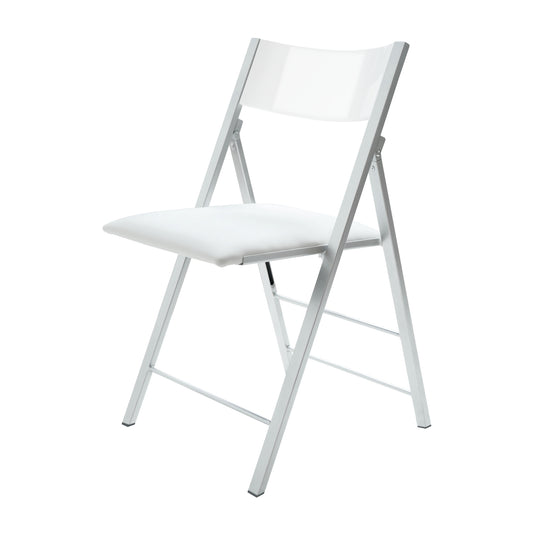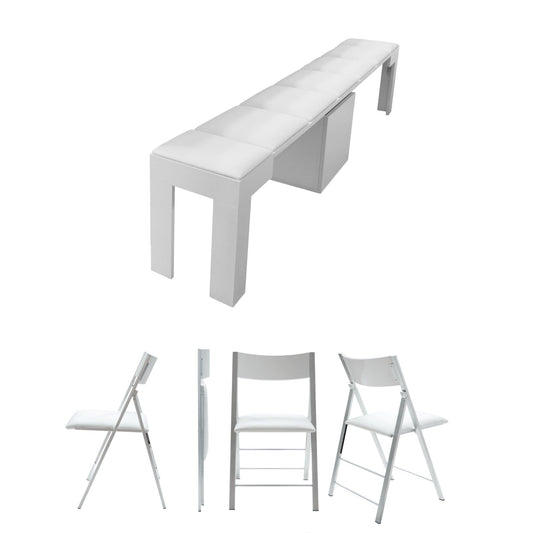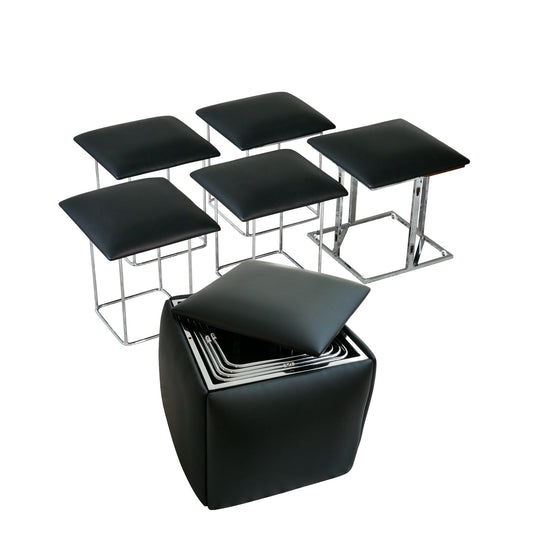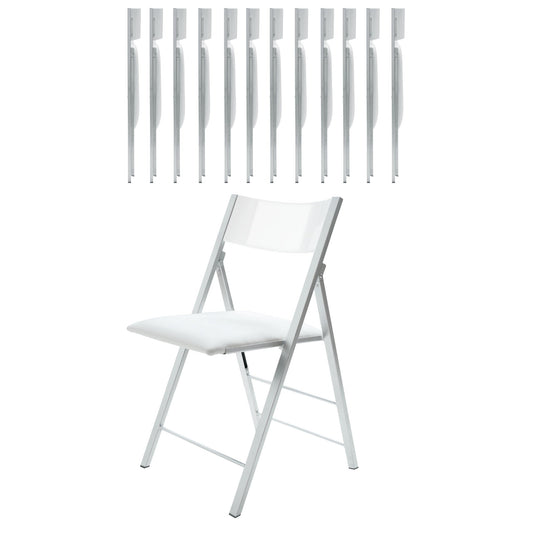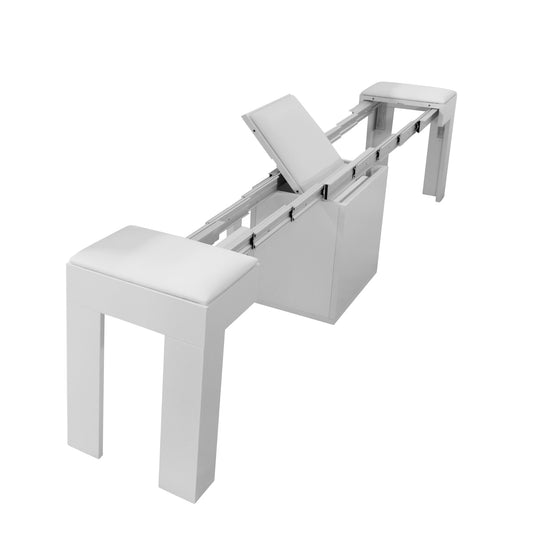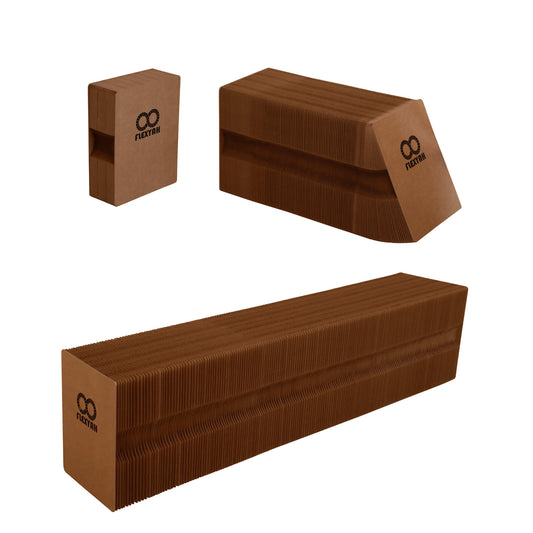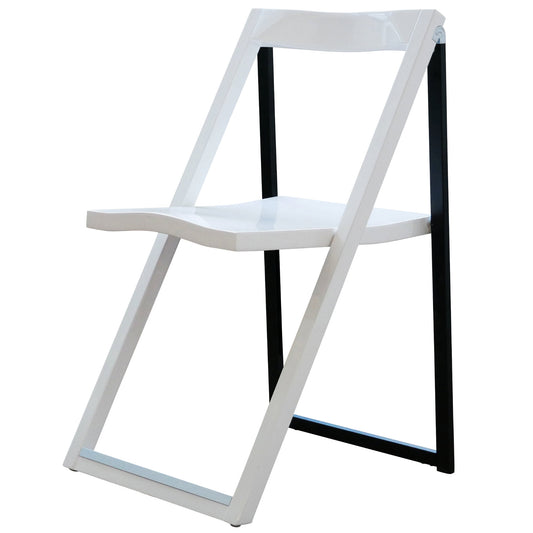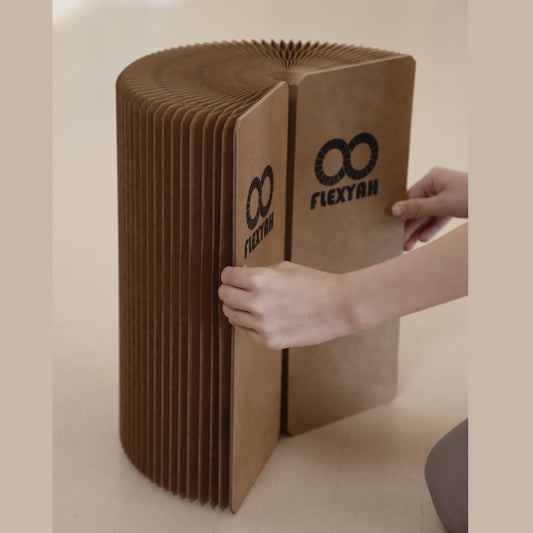The unexpected red theory is when an interior designer adds a pop of red to a room that acts as a focal point as it is an “unexpected” pop of color that stands out from the rest of the decor and aesthetic. When done well, the unexpected red balances out the room.
This design technique is used more often for modern, minimalist, and monochromatic designs as they tend to be repetitious and can lack flow. By having the pop of red stand out, peoples’ eyes gravitate towards that red to keep movement and energy in the room. It may counteract biophilic interior design, unless the pop of red is a flower over green foliage as red is a contrast to biophilic and may decrease the calming effect of the design style.
The red accent can be:
- A bright spot on a piece of art like a painting
- A glass vase on a table
- Red frames on mirrors in a bathroom
- Accent tables or throw pillows in a living room
- A bright red binding on a book in the middle of earth tones or dark tones in an office
- Large pieces of furniture like a bright red couch
- Stools at a breakfast counter in the kitchen
- Anything that stands out and breaks the color palette of the room in a visible way without offsetting the balance and structure
Curious as to why the unexpected red theory works to create energy and focal points without throwing a room’s essence out of whack? Here is some of the science behind it.
How the Unexpected Red Theory Works
For starters, the color red has been shown to grab attention and can influence psychological function when combined with emotions. The rooms in your home can cause a pre-determined mindset like how you feel hungry when entering a kitchen or begin to relax and want to sleep as you go to your bedroom. These learned behaviors are part of “associated learning” or “classic conditioning” which was discovered by Pavlov. By having a pop of red you grab the attention of the person in the room and potentially help to amplify the emotions already being triggered from the associated learning.
In addition to the study on the color red above, this one shows a correlation with more psychological function than a color like blue. Psychological function in this example is grasping attention and keeping attention longer while being combined with an emotion like happiness. This plays well in a living room, sitting room, or family room where you want people to be able to focus on each other and feel happy and content. It may help with longer and more meaningful conversations or time spent together.
Red may also have the ability to impact us through social interactions like this article in Scientific American shows. They share that red has been known to cause arousal via tests with lipstick colors and clothing, and add to the energy and force someone puts forward when they see red. This is one of the reasons the color red is used in sports.
Using the unexpected red theory to help amplify this could make for a romantic accent in a bedroom, or help set the stage for a high-energy game night if you are entertaining a group of friends.
Ways to Use the Unexpected Red Theory
All you need to do is add an accent of red to the room so it stands out and grabs attention. Here’s a few ways to do this by the type of room you want to test the unexpected red theory in.
Living and Family Rooms
For living rooms and family rooms, try using:
- A red couch or chair to offset neutral pallets in off-white, grey, or black.
- A red area rug can create a focal point and ground the area if it is large or in an open floor plan.
- Red sculptures on a coffee table as a talking piece, or the coffee table itself can be a perfect way to add the unexpected red pop of color.
Kitchens
Kitchens can benefit from the unexpected red accent to help get people ready to eat, energetic to start their day during breakfast, and to keep energy flowing while cooking. Some easy ways to implement this interior design technique include:
- Red stools at a breakfast counter.
- A red cabinet to store dishes, pots, and other items.
- Paint an accent wall red while the rest remain neutral in yellows, lavenders, and other standard kitchen colors.
- Red chairs in the dining table set can also be a fun way to add energy.
Bedrooms
Bedrooms can have romantic, calming, and energetic flows, but they should also be relaxing for when you need to sleep. The key to using the unexpected red theory in a bedroom is to keep the red out of sight for when you sleep by not having it be visible, but making sure you can see it while you’re awake or enter.
- A red headboard or red fabric on the headboard is visible as you enter and move around, but not while you rest on your pillow to go to sleep.
- Red accent pillows on a green, black, brown, or white comforter and pillow set add the pop of color when you’re not sleeping, and they can be set on the floor or somewhere else when it's time to rest.
- Red artwork like a painting makes a great statement piece above the headboard if you have space, or on the opposite side of where you sleep. I.e. the left wall if you sleep on your left side, or the far wall if you’re a stomach sleeper.
Game Rooms, Mancaves, She-sheds
For rooms where you want high energy, socialization, and need a minute to rest your eyes, unexpected red can be the perfect way to handle this.
- Use a bright red accent chair if the rest of the room is cool and earthy with browns, greens and blues, or has a pastel palette.
- Pick an interactive wall item like a dart board or inspiration board and make sure one of the primary colors on it is red. This way you have the pop of red easily identifiable when you go in, and it adds a break from concentrating while being something fun or inspiring.
The unexpected red theory is an easy-to-use interior design trick that brings flow, energy, and a bit of life into a room. It can be as simple as a throw pillow in a living room, or an accent wall in a kitchen.
